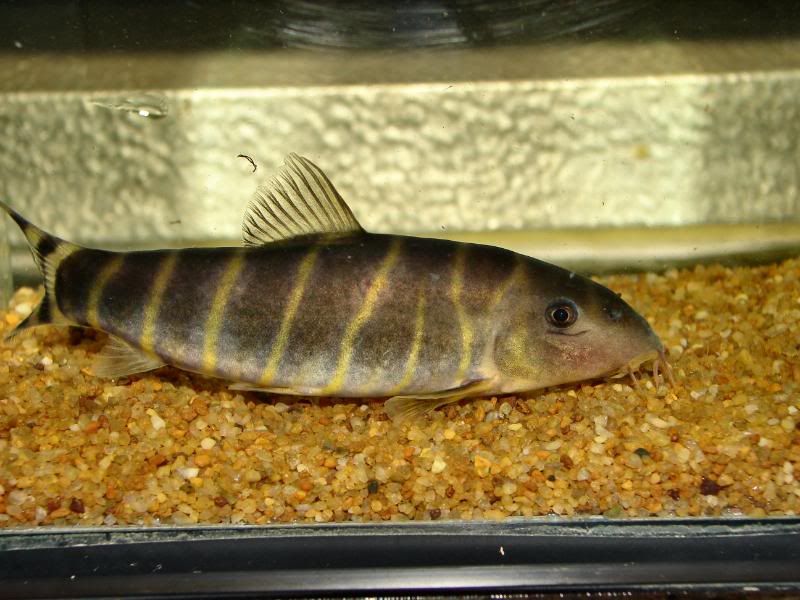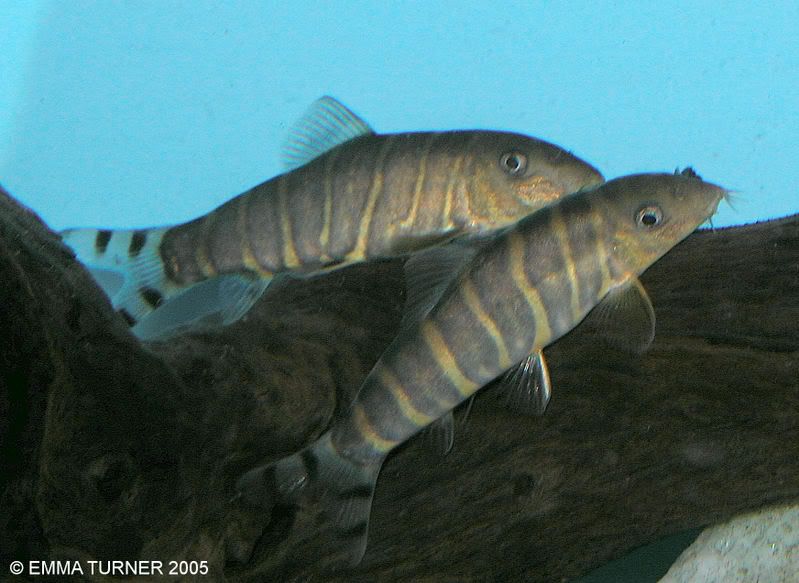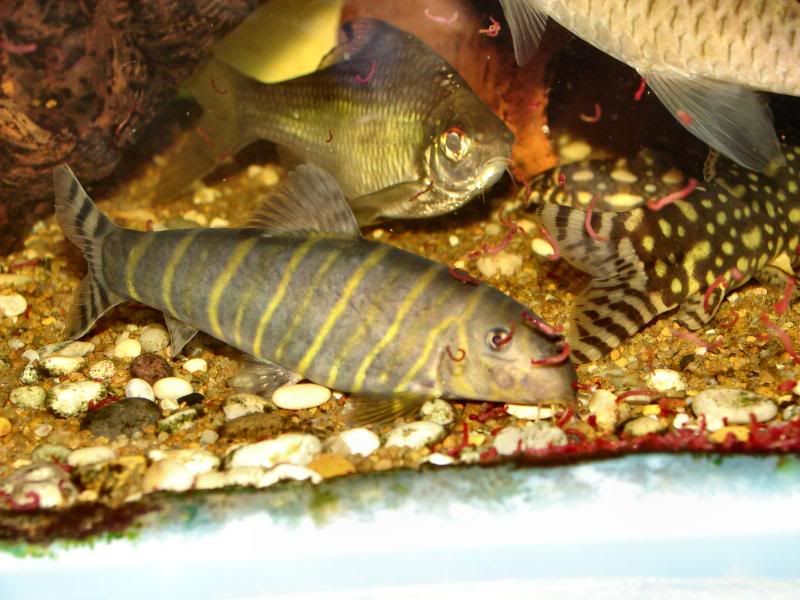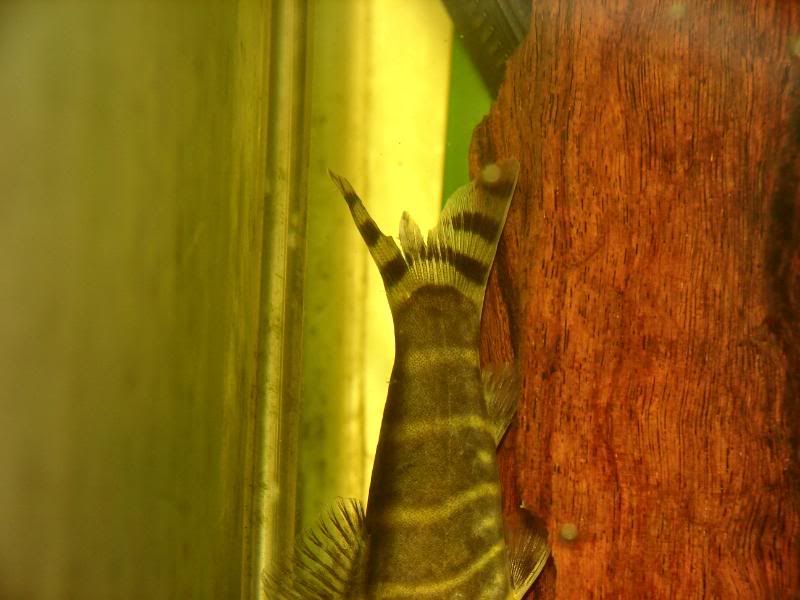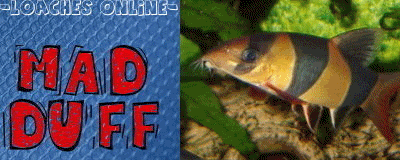Emma Turner wrote:Interesting, Mike. I only made that comment because we have discussed the B. dario aggression here many times over the last couple of years, and until Mick said he'd witnessed aggression in his, I was the only one who reported this behaviour. Pretty much everyone else said theirs had been model citizens of the peaceful community tank. It even got to a point where I wondered if anyone really believed what I was saying when I recommended caution when adding B. dario to their tanks! When it was discussed previously, the common factor as it were, was that almost everyone who said they were totally peaceful, were keeping/had kept only small groups (3-5).
Emma
That leads me to an interesting question. How well do people observe their fish? So not just look at them, but trying to understand what it is they are looking at. How well can they spot signs of aggression?
We happened to talk about that during my current course on animal science. There was this group of five dogs that were fed a law salt diet, but two showed a high excretion of salt in the urine. What was the problem? It was only discovered by observing the dogs from another room, so that the dogs couldn't see the caretaker. Two dog were dominant and bullied the other dogs into throwing up. As is normal for dogs, the two dominant dogs then went and ate an "extra meal".
I would guess that for fish, and maybe even more for fish like loaches that are more comfortable in the dark, it would be hard to observe them properly. I see a difference in the behavior of my kubs when they are not aware of my presence.
My SAE appear peaceful most of the time, but a while back I caught them greyed out and fighting for more than half an hour. Often they'll emerge greyed out from under a big piece of wood. Signs I'm keeping track of as much as I can.
